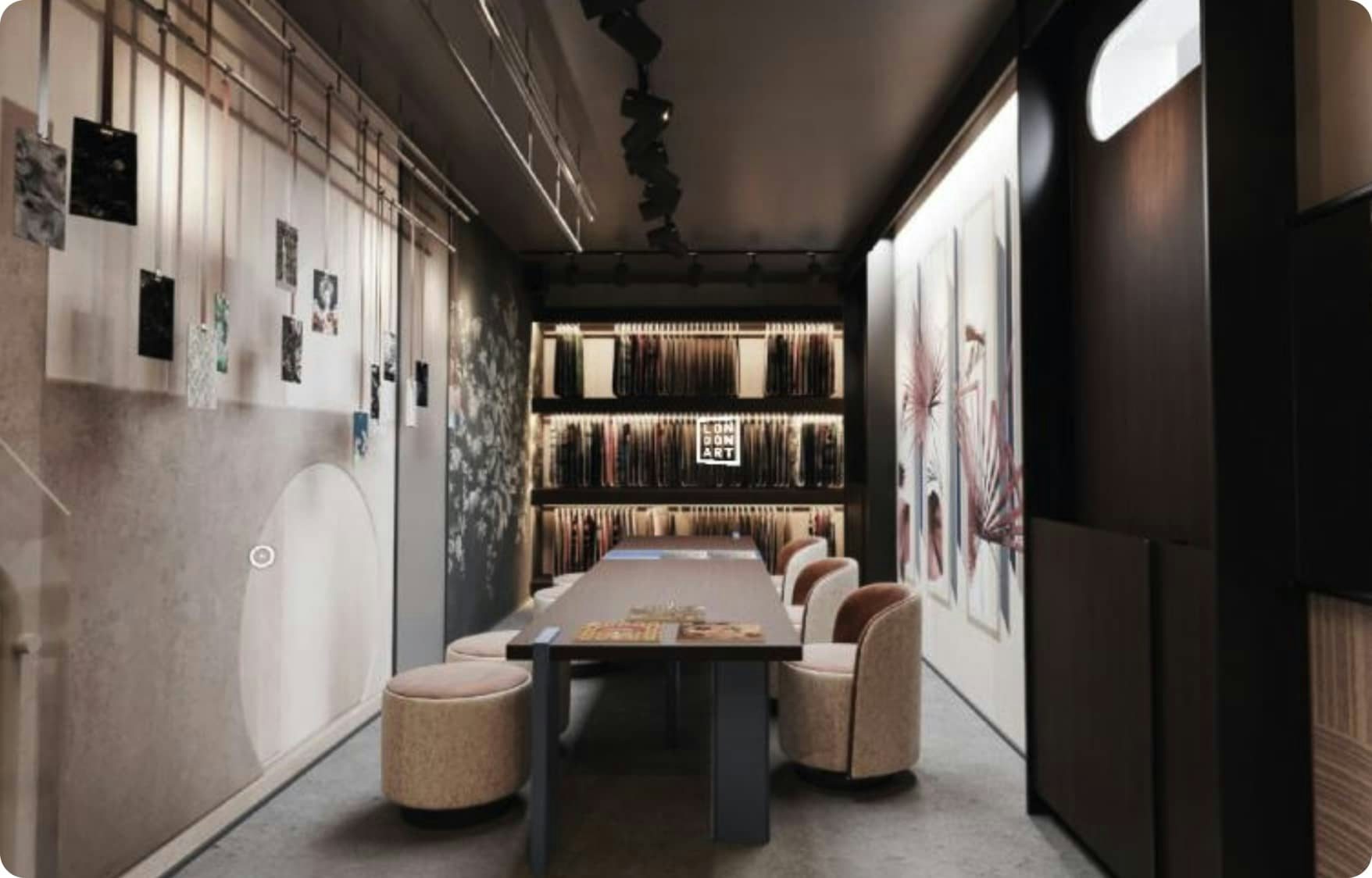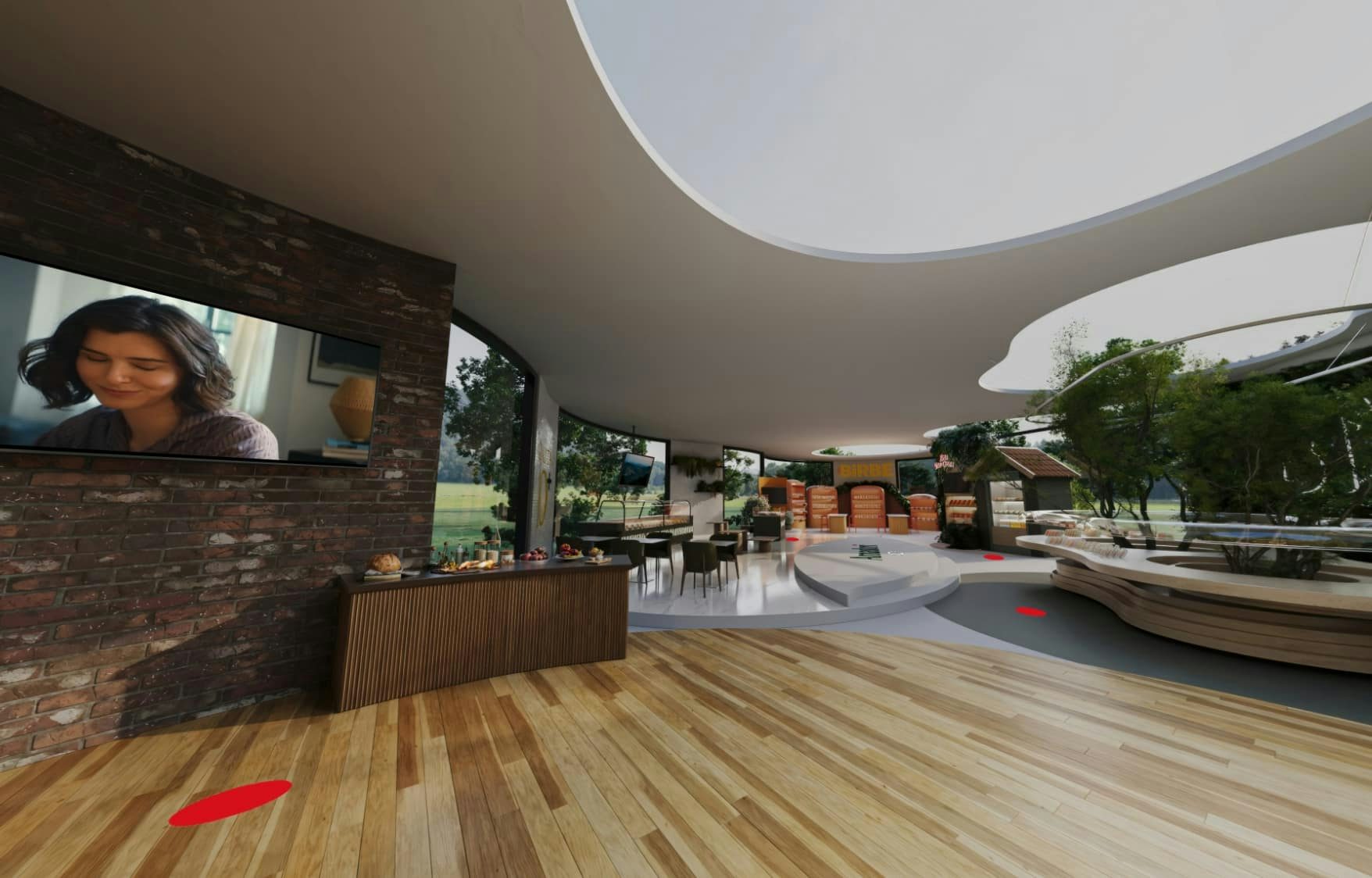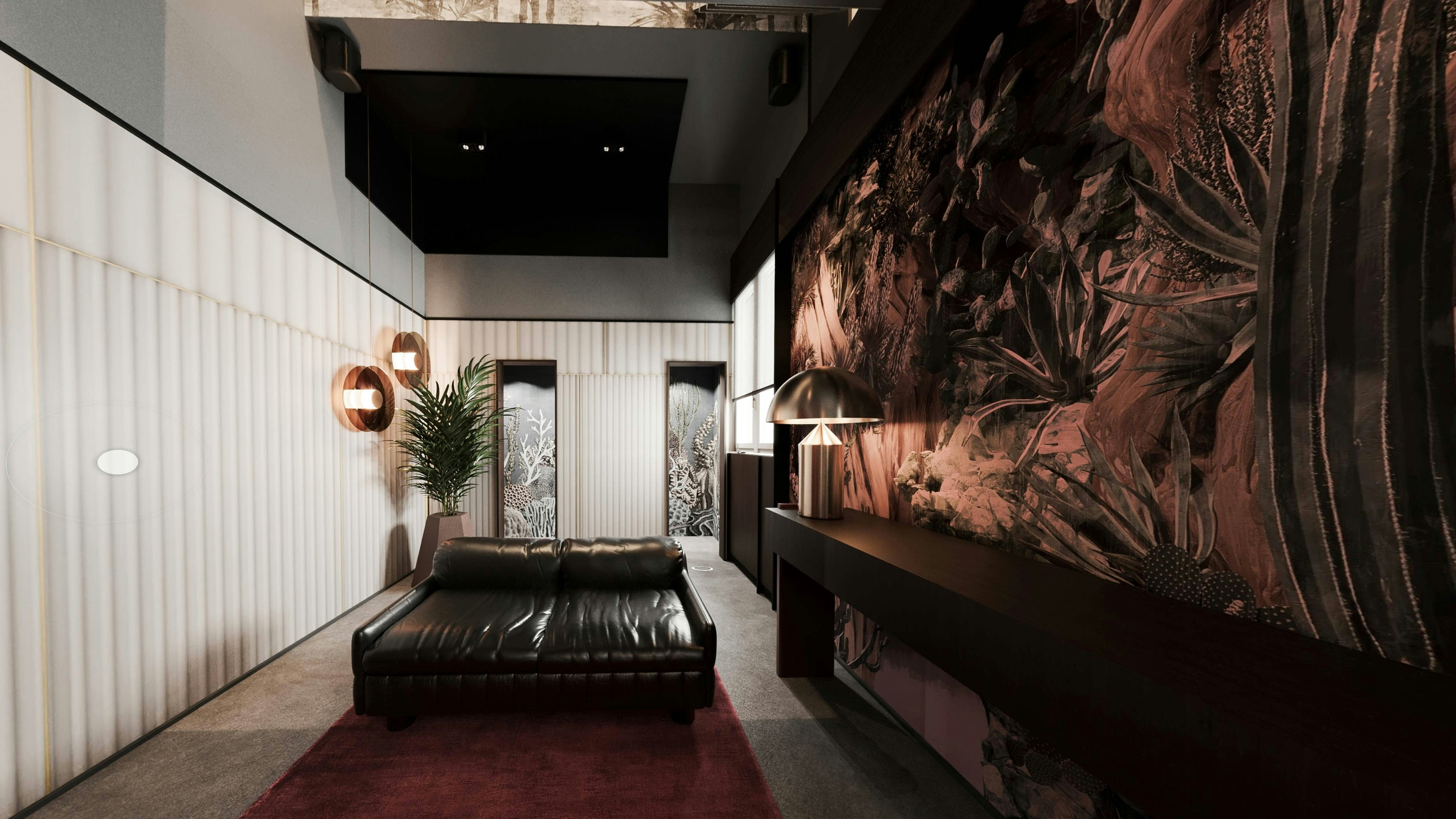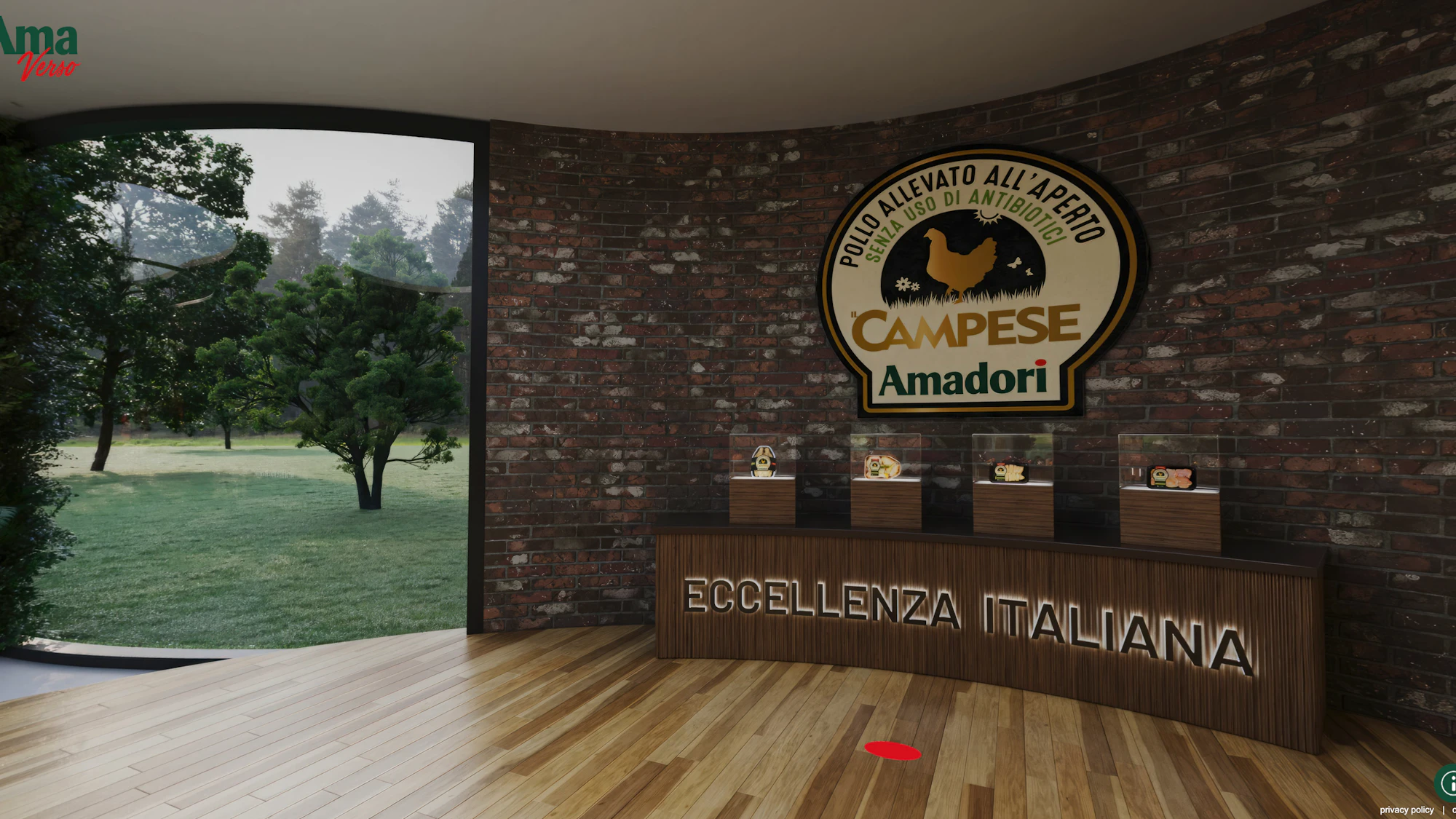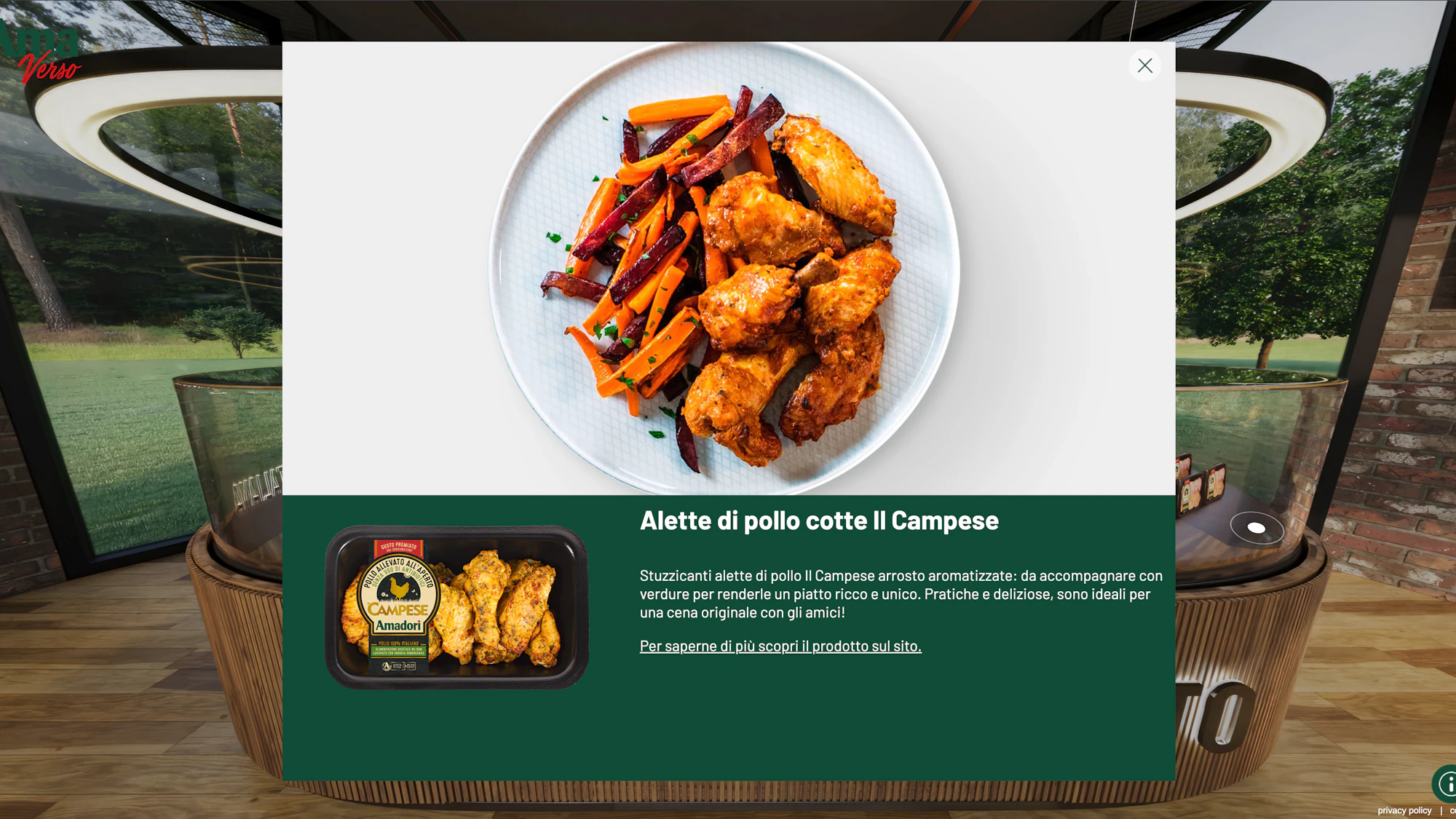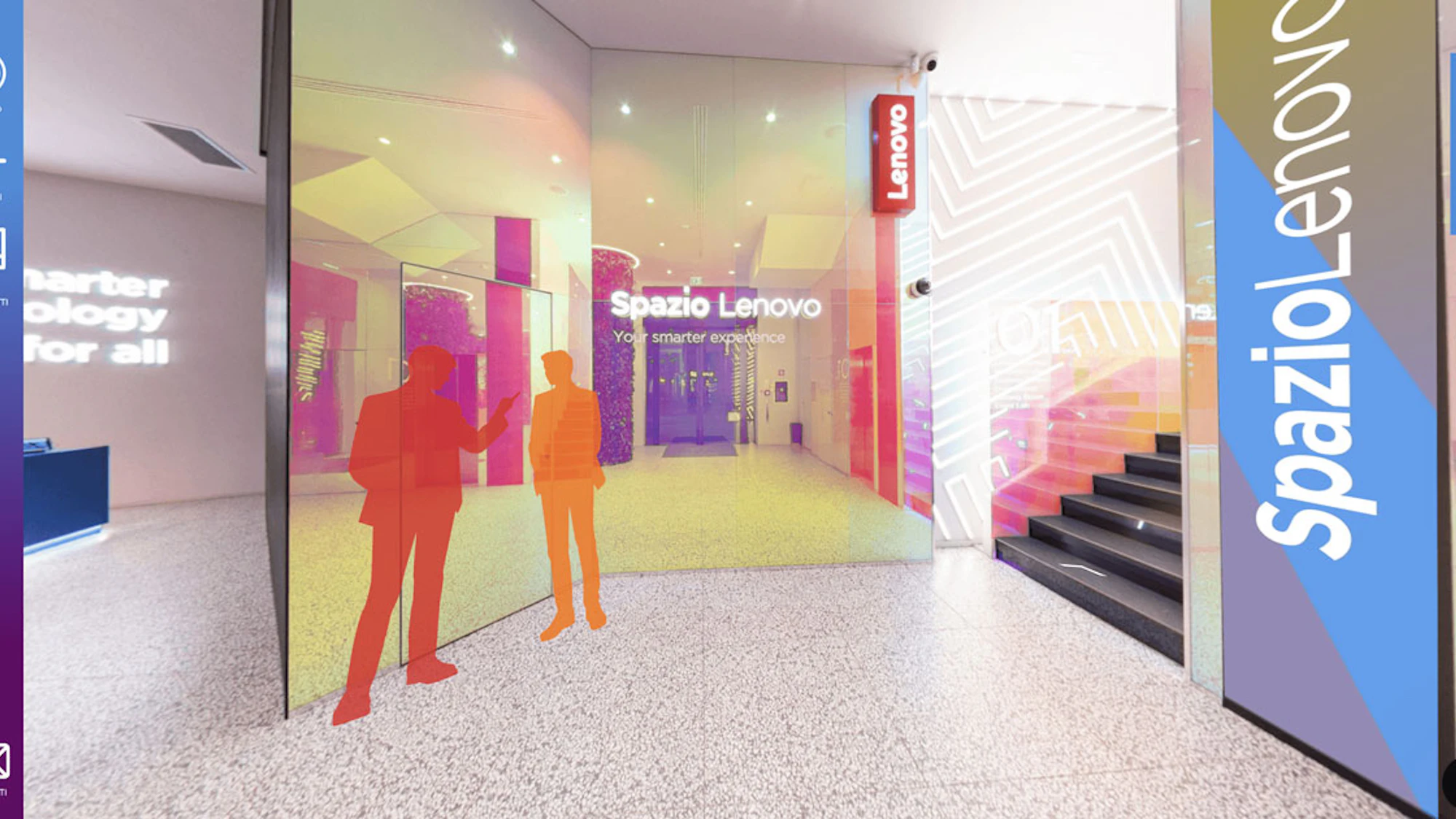What is a Virtual Showroom?
A Virtual Showroom is a high-definition 3D digital environment that is developed and customized to meet specific communication objectives. It is not just an innovation for its own sake, but a marketing tool born from the combination of digital technologies and visual communication techniques.
This type of technology has gained prominence recently as a response to the challenges posed by social distancing policies. However, a Virtual Showroom has the potential to be much more than that: when designed and utilized correctly, it allows companies to present their products and services in an ideal setting, creating an exciting visual experience. Undoubtedly, it is a tool that companies will increasingly need.
In this article, we explain why.
How to Use a Virtual Showroom
The technology behind the Virtual Showroom can be used in many different ways. Among these, the most immediate is remote storytelling. How many times have we tried to explain to potential clients how our product is created, what its strengths are, and how it differs from our competitors' offerings? And how often have we wanted to convey the values and passion behind our brand?
This is what we call storytelling: using narrative to communicate a product's value and present it in a way that creates empathy with the audience. The Virtual Showroom allows for all of this, even at a distance, using web channels to reach a broader audience.
Moreover, think about corporate presentations and how tired our clients must be of traditional PowerPoint slides! The Virtual Showroom can be configured to showcase products and services remotely in an innovative way, utilizing a virtual setting designed to keep our audience engaged.
We should also consider the increasingly popular webinars, online conferences, and remote presentations. There are numerous communication tools and channels that leverage the advantages of a Virtual Showroom, and there will continue to be more.
The Concept of a Virtual Fair
The lockdown created many challenges for businesses, one of the most significant being the cancellation of nearly all industry events, which are essential elements of many companies' marketing and communication strategies. For entrepreneurs who refused to back down, the Virtual Showroom opened up the possibility of creating true virtual industry fairs: a 360° simulation populated with virtual stands and showrooms designed based on original projects, allowing for innovative and interactive presentations of products and brands.
In this context, the Virtual Showroom—also known as a Virtual Booth or Virtual Stand—not only eliminates the distances between the audience and the company but also integrates seamlessly with other communication tools. It's easy to move users from the virtual showroom to the company website or e-commerce platform, present videos in 3D animations, or provide options to download datasheets or digital brochures.
The Benefits for the Company
First and foremost, there is a significant increase in brand visibility, positioning the company as modern, forward-looking, and engaged with new technologies within its sector. Additionally, it utilizes a highly engaging communication style, making it ideal for both web marketing and traditional marketing campaigns. It's also worth noting that the Virtual Showroom is an easy-to-use tool that can potentially be applied across various industries.
The main advantage remains the ability to overcome the limitations imposed by social distancing, allowing companies to showcase their products and re-activate their sales networks, resulting in a new wave of fruitful lead generation.
The Virtual Showroom is Here to Stay
In summary, the Virtual Showroom is a space where a company's potential customers can freely navigate and explore, interact with various elements, and gather information—all within a personalized and exclusive experience. This represents a new and powerful communication tool capable of transforming the way companies interact with their target audience.
